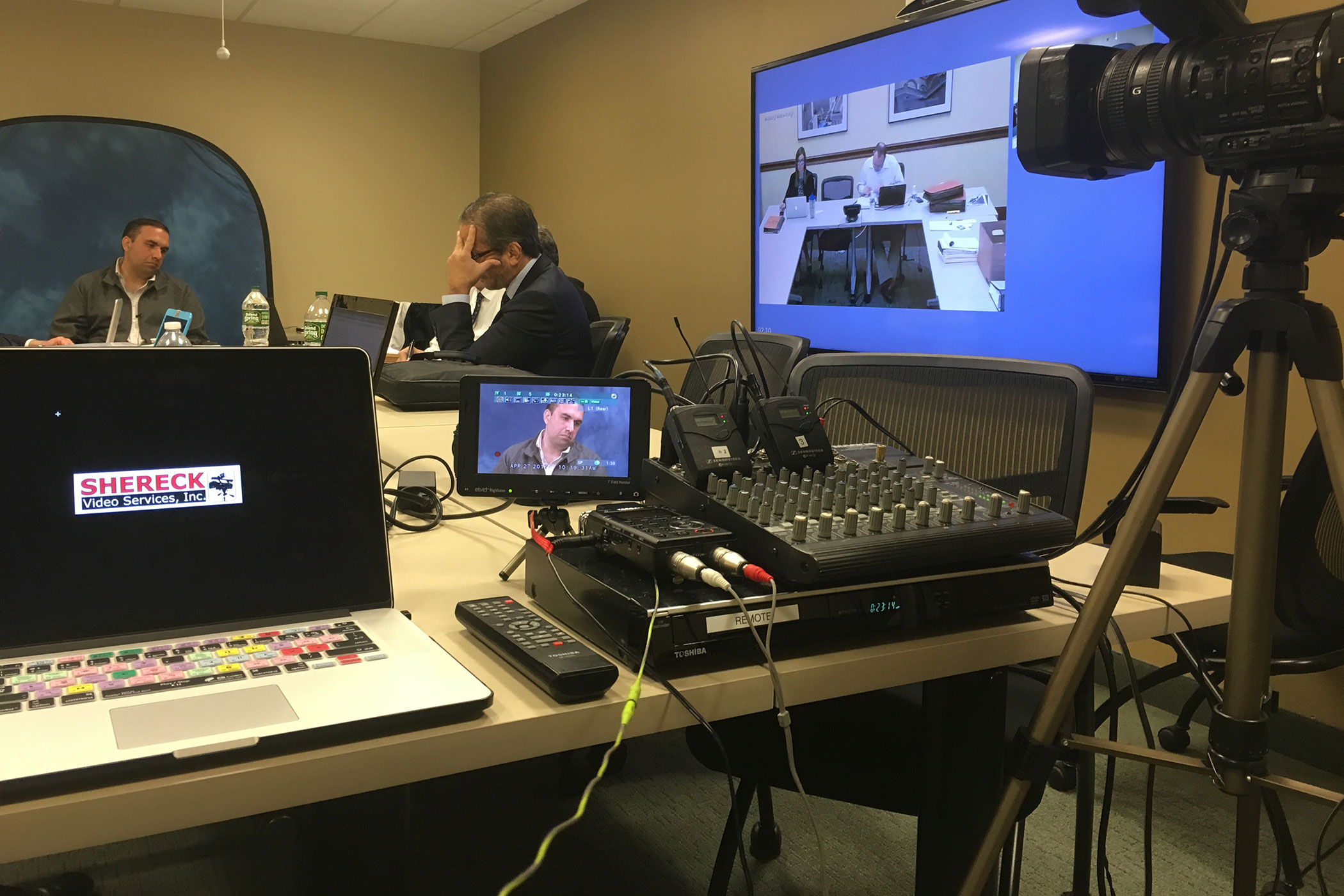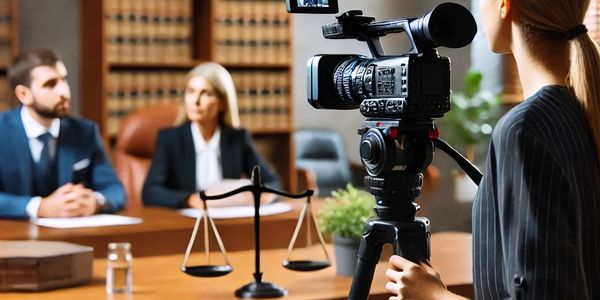Exploring the Role of Legal Videography in the Courtroom
Exploring the Role of Legal Videography in the Courtroom
Blog Article
Why Lawful Videography Is Crucial for Accurate Court Recordings
The function of lawful videography in court room settings can not be overstated, as it functions as an essential tool for protecting the honesty of court documents. By capturing both spoken and non-verbal interaction, it enhances the quality of witness testaments and mirrors the subtleties of court interactions. This extensive paperwork not only help in lowering potential misconceptions however likewise sustains appellate evaluations, therefore reinforcing the judicial process. The effects of incorporating lawful videography into basic court practices increase essential questions about its wider influence on the lawful system. What might these implications entail?
Importance of Visual Evidence
In the world of lawful proceedings, the significance of aesthetic evidence can not be overemphasized. Aesthetic evidence offers as an effective tool in establishing facts, supporting testaments, and boosting the overall clearness of an instance. This type of evidence, that includes photographs, videos, and representations, can provide a tangible context that verbal summaries usually do not have, thereby providing juries and judges a clearer understanding of the scenarios bordering a situation.
Additionally, aesthetic proof help in the retention of information. Human cognition is inherently visual, and individuals are more likely to remember and comprehend information offered in an aesthetic style. In the court, this can be important, as engaging visual proof can sway viewpoints and reinforce the narrative provided by lawful agents.
In addition, using aesthetic proof can lessen misunderstandings and obscurities that frequently develop from verbal exchanges. By providing a direct depiction of occasions, visual evidence aids to get rid of subjective analyses and cultivates a more objective assessment of the truths. Consequently, the combination of visual proof into lawful process not just strengthens the honesty of the judicial process but additionally improves the chance of achieving a simply result.
Capturing Non-Verbal Cues
Using advanced videography methods can considerably improve the capture of non-verbal hints during legal procedures. Non-verbal communication, consisting of face expressions, body language, and eye get in touch with, plays a crucial function in conveying emotions and purposes that may not be clearly mentioned in verbal statement. legal videography. Legal videography uses high-definition electronic cameras and tactical angles to make sure that these refined cues are recorded with clearness and precision
The ability to analyze non-verbal habits can give useful context to declarations made during court sessions. A witness's hesitation or self-confidence can be translated through their posture or gestures, possibly influencing the court's perception of reputation. The usage of close-up shots can help focus on an audio speaker's expressions, enabling for an extra nuanced understanding of the testimony.
In addition, integrating multiple cam angles can produce a comprehensive sight of communications, highlighting dynamics in between celebrations entailed. This complex method not just enhances the precision of the court record but also aids in maintaining the honesty of the judicial procedure - legal videography. Eventually, capturing non-verbal signs via legal videography promotes a richer, a lot more full representation of courtroom procedures

Enhancing Statement Integrity
The integrity of testimony can be considerably strengthened with the use of high-quality legal videography. Video clip recordings act as an unbiased medium that catches not only the spoken words of witnesses yet likewise the subtleties of their shipment, consisting of tone, pacing, and psychological expressiveness. This diverse paperwork gives a clearer understanding of the witness's trustworthiness and intents, which can be essential in lawful proceedings.
Moreover, lawful videography reduces the possibility for false impressions that may occur from written records alone. When jurors can observe a witness's temperament and body movement together with their testament, they are better geared up to evaluate the authenticity and you could try this out dependability of the evidence offered. This visual context can strengthen the testimonial story, making it more engaging and reputable.
In addition, the presence of a video clip recording can deter potential inconsistencies in testimony. Witnesses might be more mindful in their statements when they understand they are being recorded, resulting in more exact and honest accounts. On the whole, high-quality legal videography boosts the integrity of statement, making certain that the court has accessibility to a full and truthful depiction of the facts as communicated by the witnesses.
Sustaining Appeals and Reviews
Legal videography plays a vital function in sustaining appeals and testimonials by giving a detailed visual document of courtroom procedures. This visual documents captures not only the spoken words of witnesses and lawyers but likewise the nuances of body movement, tone of voice, and court characteristics. Such components can be essential in recognizing the context of statements and disagreements provided.
In the appellate procedure, where the focus gets check these guys out on mistakes of regulation and step-by-step fairness, a video document can function as an essential device for appellate courts. It allows courts to examine the initial trial context, making certain that choices are based upon a complete understanding of the process. The capacity to aesthetically examine the behavior of witnesses or the communications in between celebrations can disclose understandings that composed transcripts might overlook.

In addition, lawful videography can aid in clearing up uncertainties in statements or step-by-step judgments, consequently enhancing the basis for a charm. By providing a reputable, unbiased account of what transpired in court, lawful videography not just supports the integrity of the lawful procedure yet additionally equips all celebrations included to make informed choices regarding their instances.
Streamlining Court Room Processes
Enhancing court room effectiveness, lawful videography streamlines processes by offering instant access to aesthetic documents of process. This innovation enables judges, lawyers, informative post and courts to review critical testament and proof, ensuring that all celebrations have a clear understanding of the instance. By catching the subtleties of verbal and non-verbal interaction, videography enriches the record, making it less complicated to understand the context and weight of testaments.

In addition, video recordings can help with remote participation in hearings, permitting better flexibility in scheduling and involvement, which is particularly valuable in intricate cases involving multiple stakeholders.
Verdict
In verdict, lawful videography plays an important role in making sure precise court recordings by supplying crucial aesthetic proof that records both spoken and non-verbal communication. This practice boosts the reliability of testaments, sustains appellate testimonials, and streamlines court room procedures. By fostering a detailed understanding of court room characteristics, lawful videography ultimately contributes to much more equitable judicial results, reinforcing the honesty of the legal system and promoting notified decision-making.
Report this page